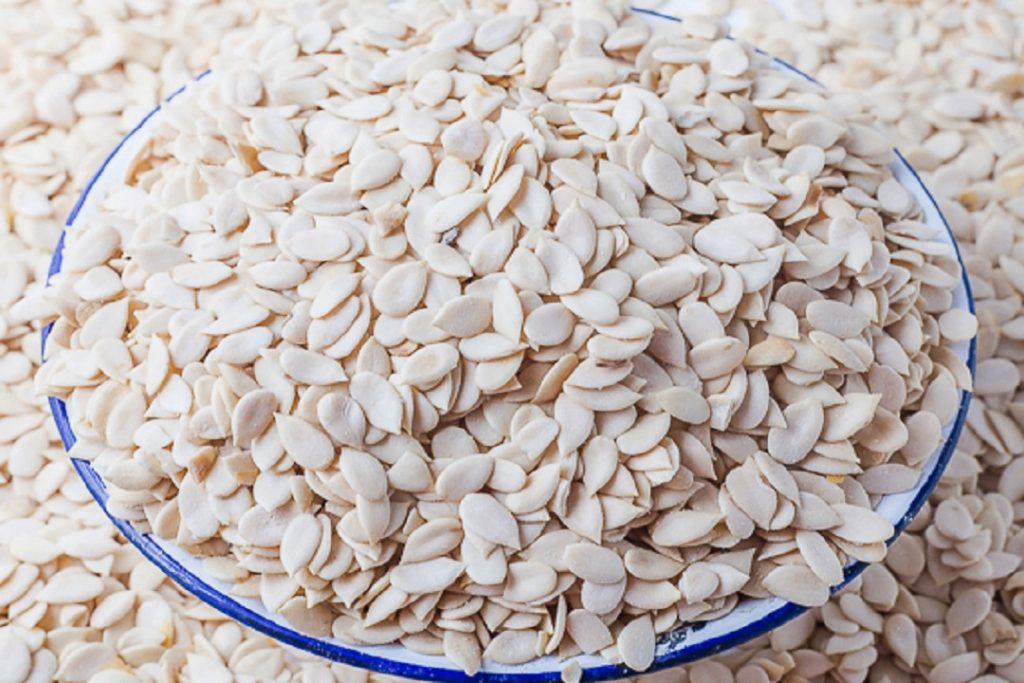Food poisoning is not an uncommon phenomena, in fact, many people go through it at least once in their lives. There have been a reported number of cases of illnesses, diseases and even death from consumption of contaminated food. A 2017 WHO report reads:
- An estimated 600 million – almost 1 in 10 people in the world – fall ill after eating contaminated food and 420 000 die every year, resulting in the loss of 33 million healthy life years (DALYs).
- Children under 5 years of age carry 40% of the foodborne disease burden, with 125 000 deaths every year.
- Diarrhoeal diseases are the most common illnesses resulting from the consumption of contaminated food, causing 550 million people to fall ill and 230 000 deaths every year.
Food poisoning is not caused by any one factor, rather they are caused by bacteria, parasites and viruses, one of the more common sources being the salmonella. Reader’s Digest ‘Foods That Harm, Foods That Heal’ (1996)
|
BACTERIA |
SYMPTOMS |
|
| BACILLUS CEREUS | ||
| Found in cooked rice which has been kept warm or inadequately reheated. Cooked rice should be kept very hot or cooled quickly and refrigerated | Severe vomiting within 1 hour of eating rice or diarrhoea later. Recovery is rapid | |
| CAMPYLOBACTER JEJUNI | ||
| Usually due to cross-contamination, such as blood from raw poultry dripping onto cooked foods and salads | Fever, abdominal pain and nausea followed by bloody diarrhoea; symptoms appear within 2-6 days and last 1-10 days | |
| CLOSTRIDIUM BOTULINUM (BOTULISM) | ||
| A very rare and deadly form of poisoning found in inadequately sterilises, tinned or bottled vegetables, meat or fish | Within 18-36 hours, it causes slurred speech, difficulty in swallowing in swallowing, blurred vision, paralysis and respiratory failure | |
| CLOSTRIDIUM PERFRINGENS | ||
| This bacterium is associated with warm meat, gravy and stuffings; typically a casserole or saucepan of mince sittinf over a low heat, or in a warm room | Abdominal cramps, diarrhoea and headache, occasionally vomitting and fever too. Incubation from 6-12 hours; normally a full recovery is made after 24 hours. | |
| ESCHERICHIA COLI (E. COLI) | ||
| A severe form of poisoning found in poorly cooked beefburgers and other minced products, associated with poor kitchen hygiene in fast-food outlets | Vomotting and severe diarrhoea which is often bloody; symptoms occur within 12-72 hours, and last for up to 10 days;patients often require hospitalisation | |
| LISTERIA MONOCYTOGENES | ||
| Lives undetected, causing no problems, in the intestines of many people and animals. Mainly found in soft cheese, and can reproduce at refrigerator temperatures | Sudden flu-like symptoms, anything from 4 hours to several days after ingestion. Can damage the foetus. Also very serious in babies, the elderly and the sick | |
| SALMNONELLA | ||
| Usual sources are raw or lightly cooked eggs, undercooked poultry and also cooked foods or salads which have been left unrefrigerated for several hours | Nausea, abdominal pain, fever, vomitting and diarrhoea; within 8-36 hours. A common food-borne infection; major outbreaks can involve thousands of people | |
| STAPHYLOCOCCUS AUREUS | ||
| Many people carry staphylococci bacteria, and can easily transfer them to foods. Common culprits are ham, piultry and cream or custard-filled baked goods | Abdominal pain, nausea, vomiting and diarrhoea within a few minutes to 6 hours; occasionally chills, weakness and dizziness | |
VIRAL CAUSES
A virus is a biological agent that reproduces and multiplies only inside the cells of living hosts, a multiplication which can happen at an alarming rate.
One such virus, which is a popular cause of food poisoning, is the Norovirus, also known as the ‘Winter vomitting bug’ on account of the high number of reported cases in January. It however can hit at any time of the year. It is one of the most common causes of gastronteritis; one of the most common cause of gastroenteritis, an infection characterized by vomitting, diarrhea and stomach pain.
PARASITIC CAUSES
A parasite lives off other organisms – deriving its nourishment from them. They vary in size from those not visible to the naked eye to visible hard-to-ignore worms. These include tape worms, protozoas and round worms. The toxoplasma gondii, a parasite which causes toxoplasmosis is a known cause of high rates of hospitalisations and severe cases which sometimes result in death.
HOW DO YOU REDUCE RISKS OF GETTING FOOD POISONING?
To reduce your risks of getting ill from food poisoning, try no stay way from:
- Meat that has not be properly cooked
- Meals warmed haphazardly, without proper heating. As much as posibble to reheat a meal more than once
- Consuming food prepared by someone with open wounds or sores
- Unhygenic conditions, keeping in mind that all foods carry bacteria, and can be prone to contamination from poisonous ones.
- Consuming food handled with unclean hands



